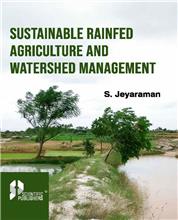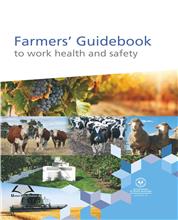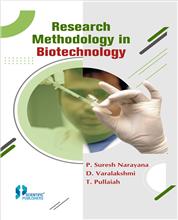Part A
1. Importance of Plant Disease, Scope and Objective of Plant
Pathology
2. History of Plant Pathology with special reference to
Indian work
3. Concepts and terms in Plant Pathology
4. Important Plant Pathogenic Organisms
5. Pathogenesis, Factors Affecting Disease Development,
Disease Triangle and Tetrahedron
6. Classification of Plant Diseases
7. Abiotic Diseases and their management
8. General Characters of fungi - Definition of fungus,
somatic structures, types of fungal thalli, fungal tissues, modifications of
thallus, reproduction in fungi (asexual and sexual)
9. Bacteria and mollicutes: General morphological
characteristics, basic methods of classification and reproduction.
10. Phytoplasma, Spiroplasma, Nematode, Viroids and Algae
11. Virus: Nature, Structure, Replication and Transmission
12. Phanerogamic plant parasites
13. Classification, Morphology and Symptoms caused by Plant
parasitic nematodes
14. Dispersal and
survival of the Plant pathogens
15. Parasitism and Variability in Plant Pathogens
16. Pathogenesis-role of enzyme, toxin, growth regulators in
disease development
17. Defense mechanism in plant
18. Epidemiology: Factor affecting disease development
19. Principles and methods of Plant disease Management
20. Fungicides nature, chemical combinations and
formulations
21. Fungicides classification and their mode of action
22. Antibiotics
Part B
1. Acquaintance with various laboratory equipments and
microscopy
2. Collection and preservation of disease specimen
3. Preparation of media, isolation and Koch’s postulates
4. General study of different structures of fungi
5. Study of symptoms of various plant diseases
6. Study of representative fungal genera
7. Staining and identification of plant pathogenic bacteria
8. Transmission of plant viruses
9. Study of phanerogamic plant parasites
10. Study of morphological features and identification of plant
parasitic nematodes
11. Sampling and extraction of nematodes from soil and plant
material
12. Preparation of nematode mounting
13. Study of fungicides and their formulations
14. Methods of pesticide application and their safe use
15. Calculation of fungicide sprays concentrations
References
Glossary


























